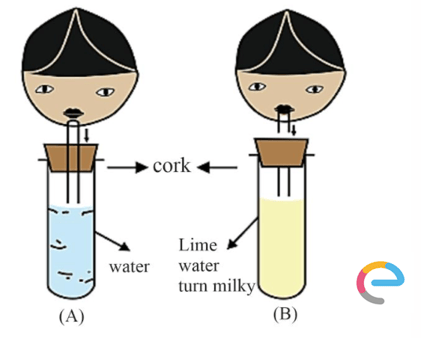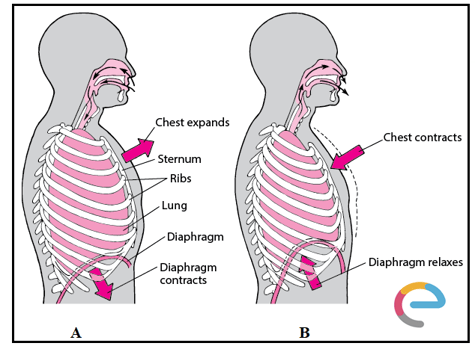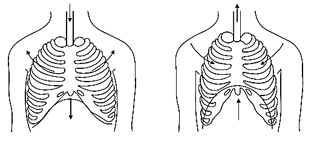NCERT Solutions for Chapter: Respiration in Organisms, Exercise 4: LONG ANSWER QUESTIONS
NCERT Science Solutions for Exercise - NCERT Solutions for Chapter: Respiration in Organisms, Exercise 4: LONG ANSWER QUESTIONS
Attempt the practice questions on Chapter 10: Respiration in Organisms, Exercise 4: LONG ANSWER QUESTIONS with hints and solutions to strengthen your understanding. NCERT Exemplar Science - Class 7 solutions are prepared by Experienced Embibe Experts.
Questions from NCERT Solutions for Chapter: Respiration in Organisms, Exercise 4: LONG ANSWER QUESTIONS with Hints & Solutions
Observe carefully and answer the following question.

What is the result of the activity? Give reasons.
A food stall owner was preparing dough for making bhaturas. He added a pinch of yeast and sugar to the dough and left it in a warm place. After few hours, the dough had risen. There was a sour smell too.
Why did the dough rise?
A food stall owner was preparing dough for making bhaturas. He added a pinch of yeast and sugar to the dough and left it in a warm place. After a few hours, the dough had risen. There was a sour smell too.
Why did the dough smell sour?
A food stall owner was preparing dough for making bhaturas. He added a pinch of yeast and sugar to the dough and left it in a warm place. After a few hours, the dough had risen. There was a sour smell too.
Why was sugar added to the dough?
A food stall owner was preparing dough for making bhaturas. He added a pinch of yeast and sugar to the dough and left it in a warm place. After few hours, the dough had risen. There was a sour smell too.
What would have happened if the dough was kept in the refrigerator, soon after it was prepared?
Observe the figures given as and and answer the following.
Which of the figures or indicates the process of inhalation and which the process of exhalation?

Observe the figures given as and and answer the following.
In the figure, label the arrows and indicate the direction of
i) movement of air.
ii) movement of diaphragm.
iii) movement of ribs.

Match the names of organisms in column I with their organs of breathing given in column II.
| Column I | Column II | ||
| a) | Butterflies | i) | Lungs |
| b) | Earthworms | ii) | Gills |
| c) | Sparrow | iii) | Spiracles |
| d) | Fish | iv) | Skin |
